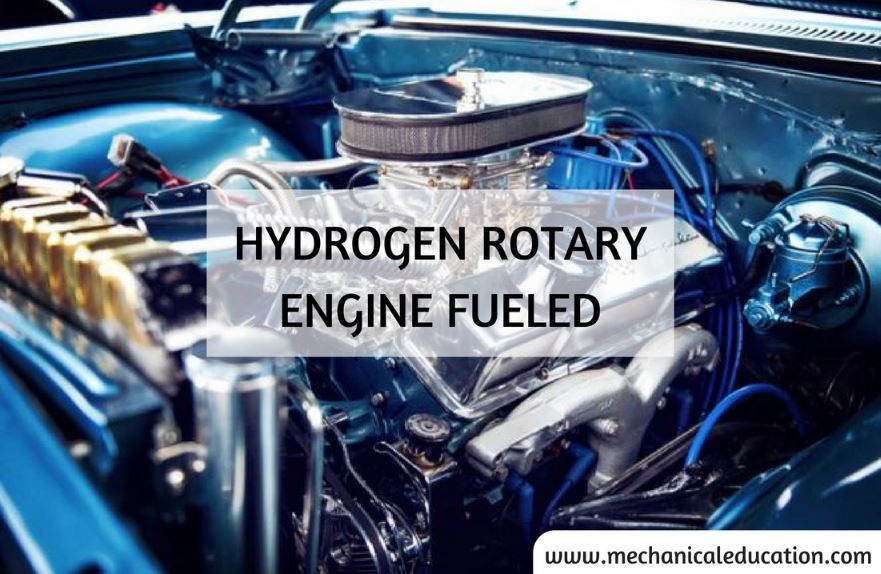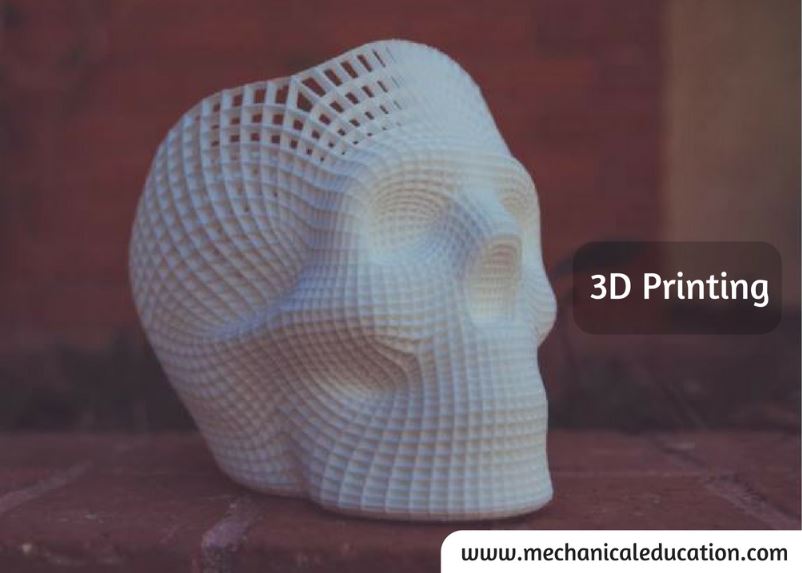Rivets are a type of mechanical fastener that have been used for centuries to join two or more pieces of material together. They are commonly used in a wide range of applications, from aerospace and automotive manufacturing to construction and metalworking. In this article, we will discuss the different types of rivets, their advantages and disadvantages, and the common applications in which they are used.
Types of Rivets
There are several types of rivets, including:
- Solid Rivets: Solid rivets are the most common type of rivet and are used in a variety of applications. They are made of a single piece of metal, with a cylindrical shaft and a head on one end. To install a solid rivet, a hole is drilled through both pieces of material that need to be joined, and the rivet is inserted from one side. The end of the rivet is then hammered or pressed down to create a permanent connection.
- Blind Rivets: Blind rivets, also known as pop rivets, are used when it is not possible to access both sides of the materials being joined. They are made up of a tubular shaft with a mandrel inside. The mandrel is pulled through the rivet using a special tool, which causes the end of the rivet to expand and create a permanent connection.
- Tubular Rivets: Tubular rivets are similar to solid rivets but have a hollow shaft. They are commonly used in leatherworking and bookbinding but are also used in other applications, such as in the manufacturing of furniture and handbags.
- Drive Rivets: Drive rivets are used in applications where a hole has already been drilled through the material being joined. They consist of a head and a shaft that is threaded at the bottom. The rivet is inserted into the hole, and a special tool is used to screw the shaft into the material, causing it to expand and create a permanent connection.
- Split Rivets: Split rivets are used in leatherworking and other applications where a decorative connection is desired. They consist of a head and a shaft that is split at the end. The split end of the shaft is then hammered flat, creating a permanent connection.
Advantages and Disadvantages of Rivets
There are several advantages and disadvantages to using rivets, including:
Advantages of Rivets:
- Strength: Rivets are very strong and can create a permanent connection between two or more pieces of material.
- Durability: Once a rivet is installed, it is difficult to remove without damaging the materials it is connecting. This makes rivets a durable fastening option.
- Corrosion Resistance: Many types of rivets, such as aluminum and stainless steel rivets, are resistant to corrosion.
- Easy to Install: Rivets are relatively easy to install with the proper tools and can be installed quickly.
Disadvantages of Rivets:
- Limited Reusability: Once a rivet is installed, it cannot be removed and reused. This means that if a connection needs to be undone, the rivet must be drilled out and replaced.
- Requires Special Tools: Installing rivets requires specialized tools, which can be expensive to purchase or rent.
- Aesthetics: Depending on the application, rivets may not be the most aesthetically pleasing fastening option.
Common Applications of Rivets
Rivets are used in a wide range of applications, including:
- Aerospace and Automotive Manufacturing: Rivets are commonly used in the manufacturing of aircraft and automobiles. They are used to connect various components, such as sheet metal and panels.
- Construction: Rivets are used in the construction of buildings and bridges. They are used to connect steel beams and other components.
- Metalworking: Rivets are used in metalworking applications, such as in the manufacturing of machinery and equipment. They can be used to connect metal parts together, such as sheet metal or pipes.
- Construction: Rivets are used in the construction of buildings and bridges. They are used to connect steel beams and other components.
- Leatherworking and Fashion: Rivets are commonly used in leatherworking and fashion to create decorative connections. They are used in the manufacturing of belts, bags, shoes, and clothing.
- Marine and Offshore: Rivets are used in marine and offshore applications, such as in the manufacturing of boats and oil rigs. They are used to connect various components, such as hull plating and structural frames.
- Electrical and Electronics: Rivets can be used in electrical and electronics applications, such as in the manufacturing of circuit boards and electrical connectors. They can be used to secure components in place and create connections.
- HVAC and Plumbing: Rivets can be used in HVAC and plumbing applications to secure ductwork and piping in place.
In summary, rivets are a versatile and durable fastening option that are commonly used in a wide range of applications. While they have their advantages and disadvantages, they remain a popular choice for joining materials together, particularly in applications where strength and durability are important factors.
Frequently Asked Questions
1. What are rivets and where are they commonly used?
Rivets are metal fasteners with a cylindrical shaft and head. They are commonly used in various industries for joining materials where a permanent and strong connection is required.
2. In which industries are rivets extensively used?
Rivets find extensive use in industries such as aerospace, automotive, construction, shipbuilding, and manufacturing, where they provide secure and durable connections.
3. What materials are typically joined using rivets?
Rivets are used to join materials like metal sheets, plates, and components. They can also be employed to join materials with different thicknesses.
4. Are rivets suitable for joining materials with varying thicknesses?
Yes, one of the advantages of using rivets is their suitability for joining materials with varying thicknesses. They can provide a strong connection even when joining materials of different gauges.
5. Why are rivets preferred in aerospace applications?
Rivets are preferred in aerospace due to their lightweight nature, reliability, and ability to maintain structural integrity under high-stress conditions. They are commonly used in aircraft construction.
6. Are rivets used in modern construction projects?
While other fastening methods like welding and screws are also common in construction, rivets are still used in certain applications, especially in situations requiring a high level of structural integrity.
7. What advantages do rivets offer in the automotive industry?
Rivets are used in the automotive industry for applications where a strong and vibration-resistant connection is needed. They are often employed in the assembly of chassis components and body panels.
8. How do rivets contribute to the strength of a joint?
Rivets provide strength to a joint by creating a permanent connection through deformation. When a rivet is installed, it expands and fills the hole, creating a secure and sturdy bond.
9. Can rivets be used in applications requiring disassembly?
Rivets are generally considered permanent fasteners, and disassembling them typically involves drilling out the rivet. For applications requiring disassembly, other fastening methods like bolts or screws might be more suitable.
10. Are there different types of rivets for specific applications?
Yes, there are various types of rivets, including solid rivets, blind rivets, tubular rivets, and more. Each type is designed for specific applications based on factors such as accessibility, material thickness, and installation requirements.




